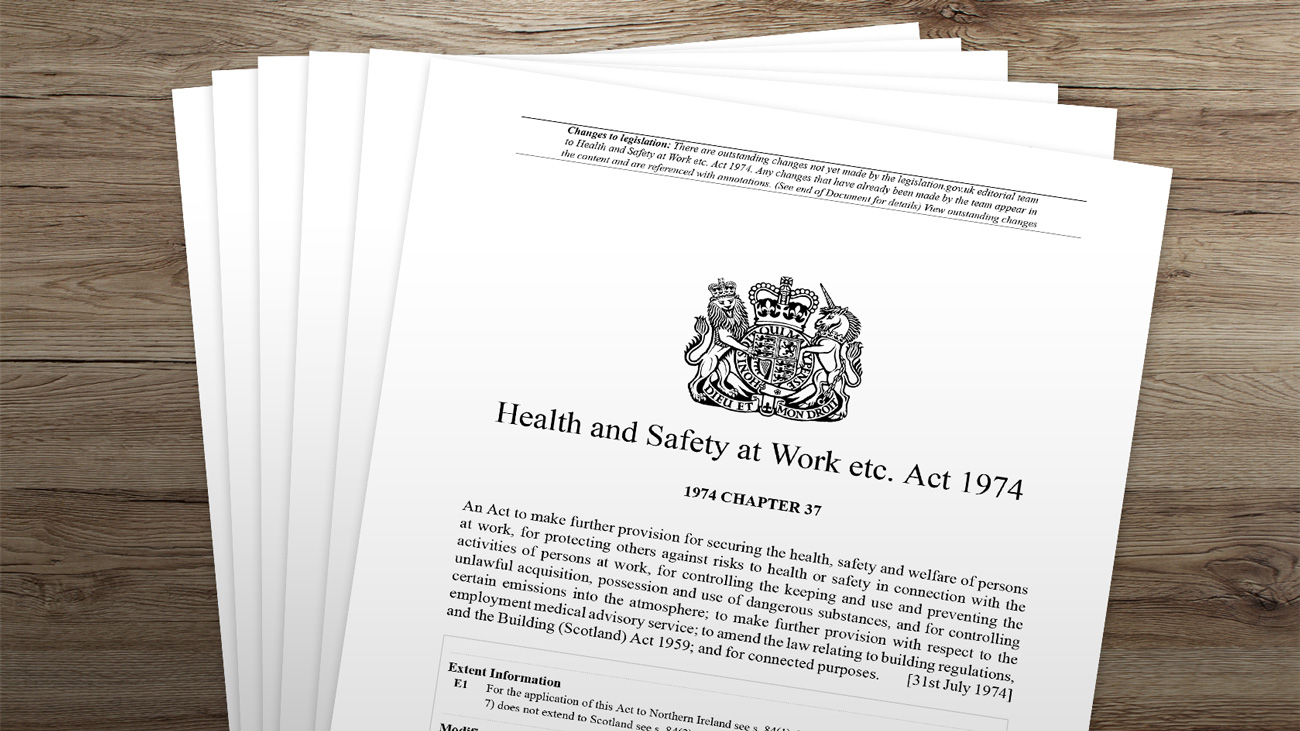
Briefing: The smoking ban, 16 years on - has it worked?
The smoking ban in the UK came into force on 1 July 2007, prohibiting smoking in all enclosed public places and workplaces, including pubs, restaurants, offices and other indoor venues. This measure was implemented to protect public health by reducing exposure to second-hand smoke and to create a healthier environment for both employees and the general public.
Sixteen years since the implementation of the ban, has the legislation proved successful?
Obstacles to the ban
Before the ban came into force, there was significant opposition from some segments of the public who believed it was an infringement on personal freedoms. Some business owners were concerned that the ban would negatively impact the hospitality industry, particularly pubs and bars.
There were fears that the ban would lead to a decrease in revenue for businesses in the hospitality sector, especially for smaller establishments that heavily relied on smoking customers.
The tobacco industry and some business owners considered legal challenges against the ban, arguing that it was disproportionate and violated their rights. However, these legal challenges were generally unsuccessful.
Despite these obstacles, the smoking ban has proven to be successful in improving public health and reducing exposure to second-hand smoke, leading to a significant improvement in air quality and overall public wellbeing. Over time, it has become more widely accepted and supported by the majority of the population.
How receptive have employees been to the ban?
The reception of the smoking ban among employees in the UK has generally been positive, especially among non-smokers and those concerned about their exposure to second-hand smoke.
The ban has led to cleaner air and a more pleasant working environment for all employees; smoke-free workplaces are generally considered more comfortable and conducive to productivity.
Over time, smoking has become less socially acceptable, and the ban has contributed to changing perceptions of smoking in public places. As the ban has been in place for many years, the cultural norm of smoking indoors has significantly changed. Smoke-free environments are now the expected standard in most workplaces; employers who have actively supported the ban and provided resources for smoking cessation have likely fostered positive employee attitudes. Such policies show a commitment to employee health and wellbeing.
There is a greater awareness of the health risks associated with smoking, which has influenced employee attitudes toward the ban and may have encouraged some smokers to quit or reduce their smoking.
However, it's important to acknowledge that not all employees may have welcomed the ban with the same level of enthusiasm. Some smokers might have felt that their freedom to smoke during work hours was restricted, and there might have been concerns about potential social exclusion or impact on smoking breaks.
How has the ban been enforced?
The smoking ban in the UK has been enforced through a combination of measures to ensure compliance and maintain smoke-free environments. The responsibility for enforcement lies with local authorities, which are responsible for monitoring and taking action against those who violate the ban. Here are some key aspects of how the ban has been enforced:
- Inspections and monitoring: local authorities conduct regular inspections of public places, workplaces and hospitality establishments to check for compliance with the smoking ban.
- Warning and education: in the early days of the ban, there was an emphasis on educating the public about the new regulations. Businesses and individuals found violating the ban would often receive warnings and information about the rules before more stringent measures were taken.
- Fines and penalties: non-compliance with the smoking ban can result in fines and penalties for both individuals and businesses. Fines can vary depending on the frequency and severity of the violation. In some cases, repeated offenses can lead to higher fines or legal actions.
- No-smoking signage: all enclosed public places and workplaces must display prominent "No Smoking" signs to remind people of the ban and to inform them of the smoking restrictions in place.
- Public reporting: members of the public can report instances of smoking in prohibited areas to local authorities, who will investigate and take appropriate action against the violators.
- Support for businesses: local authorities and health agencies provide support and guidance to businesses to help them comply with the ban. This may include educational materials, training sessions and information on how to create designated smoking areas that meet the legal requirements.
How different is the work environment now, 16 years since the ban?
Over time, the smoking ban has become widely accepted and integrated into culture. People have become accustomed to smoke-free indoor environments, and initial opposition or concerns about the ban's impact on businesses have diminished.
The smoking ban has contributed to improved health and wellbeing for employees, as exposure to second-hand smoke in workplaces has been significantly reduced. This has likely resulted in lower rates of smoking-related health issues among workers.
Employers have increasingly focused on promoting employee health and wellbeing in the workplace. Smoke-free policies could be part of broader initiatives, such as wellness programmes, to support employees' physical and mental health.
As smoking has become less common in indoor areas, potential social tensions between smoking and non-smoking employees may have decreased. Smoke breaks have likely become less frequent. Workplaces may have designated outdoor smoking areas to accommodate employees who smoke during breaks.
Employers and public health agencies may have expanded their efforts to support employees who want to quit smoking. Smoking cessation programmes, resources and incentives might be more widely available in workplaces.
Overall, the work environment in the UK is likely to have seen substantial positive changes due to the smoking ban over the past 16 years. The ban has contributed to a healthier and more productive work environment, and attitudes towards smoking and public health may have continued to evolve.
Have there been any negative effects of the smoking ban?
While the smoking ban in the UK has had numerous positive effects on public health and the work environment, it's essential to acknowledge that there have been some criticisms and concerns, which can be considered negative effects.
Some businesses in the hospitality industry, particularly smaller pubs and bars, initially experienced a decline in revenue immediately following the ban's implementation. This was due to concerns that smokers might choose to stay home or go to venues with outdoor smoking areas instead of indoor establishments.
There were concerns that the ban might socially exclude certain groups, such as heavy smokers or vulnerable individuals who may be less likely to socialise in public places after the ban due to the restrictions on smoking.
In some areas, the ban led to an increase in smoking-related litter, such as cigarette butts discarded on pavements outside workplaces and public places.
Some opponents of the ban claimed that it might lead to an increase in smoking inside private homes, potentially exposing non-smoking family members to second-hand smoke.
For some individuals, smoking may have been a coping mechanism for stress or anxiety, and the ban could have been perceived as taking away a means of stress relief for some smokers.
How can employers ensure the ban continues to be implemented successfully?
To ensure the successful implementation of the smoking ban in workplaces, employers can take several proactive measures. These steps can help maintain a smoke-free environment and support employees in adhering to the regulations:
- Clear policy communication: ensure that the smoking policy is well-communicated to all employees, including new hires. Make the policy easily accessible through employee handbooks, intranet or posters displayed in common areas.
- No-smoking signage: display prominent "No Smoking" signs at the entrances and in key areas of the workplace to remind employees and visitors of the ban.
- Smoking cessation support: offer smoking cessation programmes or resources to employees who wish to quit smoking. Providing support for those looking to quit can contribute to a healthier workplace overall.
- Designated outdoor smoking areas: if possible, create designated outdoor smoking areas that meet legal requirements. This can help accommodate smoking employees while ensuring indoor spaces remain smoke-free.
- Training and education: train managers and supervisors on the smoking policy and how to handle any instances of non-compliance in a respectful and consistent manner.
- Employee feedback and involvement: encourage employees to provide feedback on the implementation of the smoking ban. Involving employees in the process can foster a sense of ownership and responsibility for maintaining a smoke-free environment.
- Regular inspections: conduct regular inspections to ensure compliance with the ban. Train designated personnel or health and safety officers to conduct inspections and address any issues promptly.
- Reporting mechanisms: establish a reporting system for employees to report any violations or concerns regarding the smoking ban. Assure employees that their reports will be taken seriously and that their anonymity will be protected.
- Promote a smoke-free culture: foster a culture that supports health and wellbeing. Encourage healthy habits and activities and promote awareness of the benefits of a smoke-free environment.
- Lead by example: demonstrate leadership commitment to the smoking ban by complying with the policy and promoting a healthy lifestyle.
- Address employee concerns: be receptive to employee concerns related to the ban. Address any challenges or negative effects employees may face and provide support where needed.
Overall, while there may have been some pockets of resistance or mixed feelings among smoking employees, the positive reception of the smoking ban among the majority of employees has been an essential factor in its success in creating healthier and more smoke-free workplaces in the UK.







